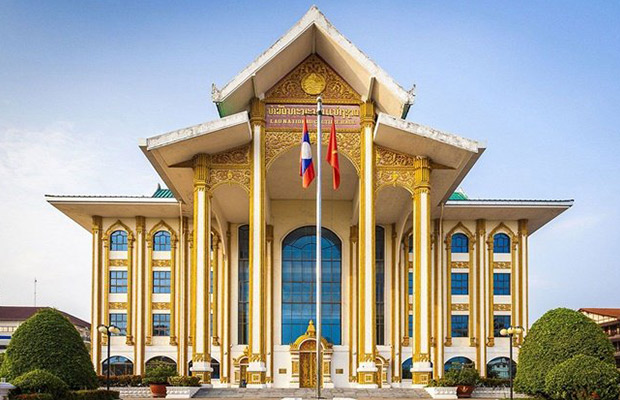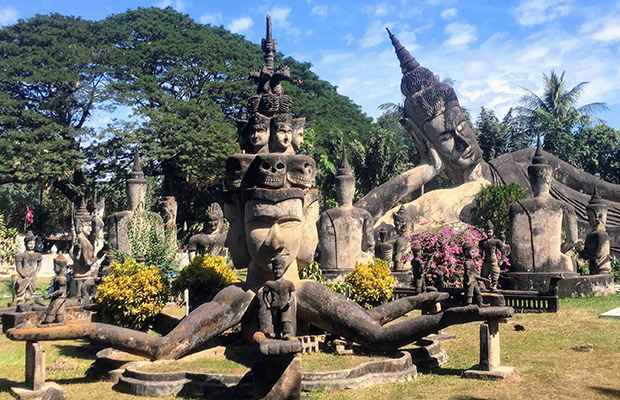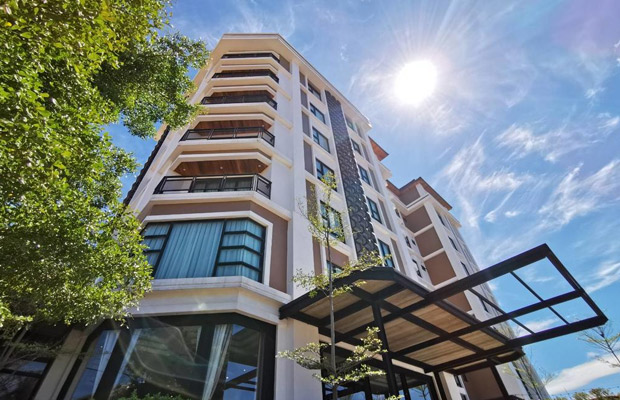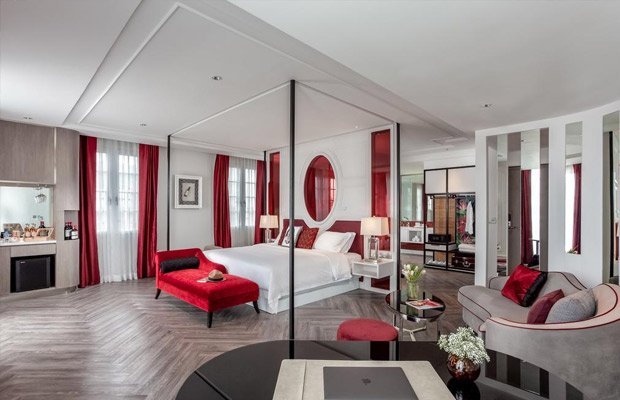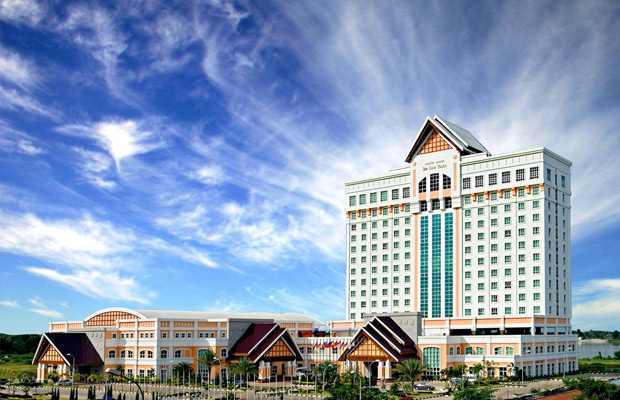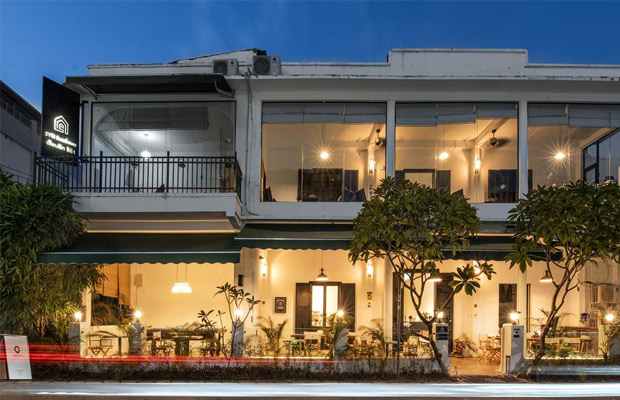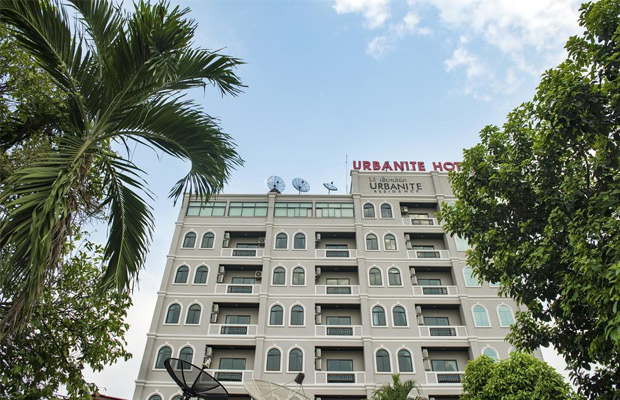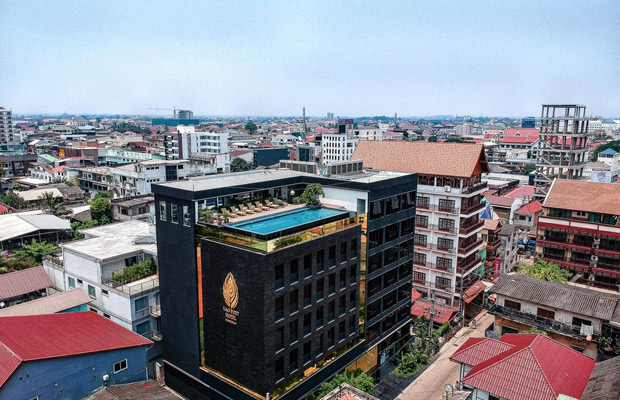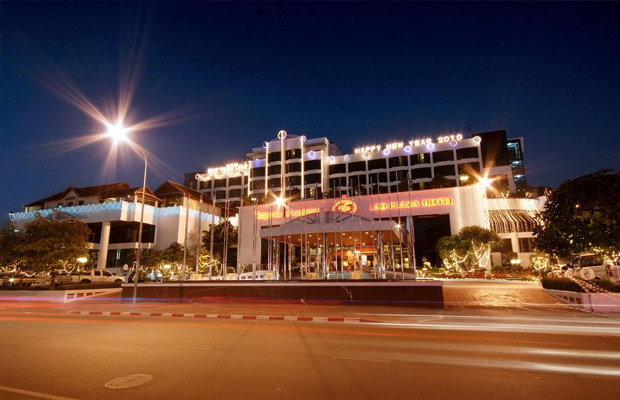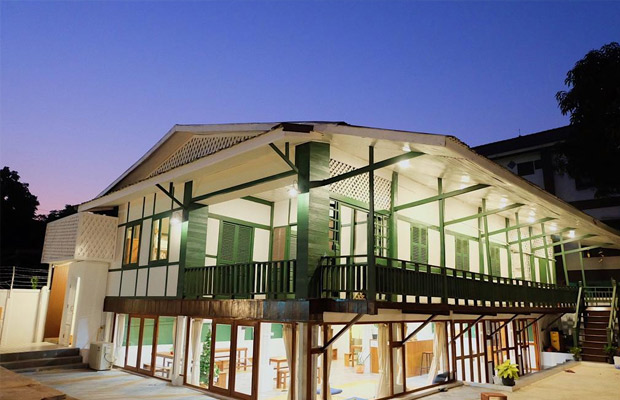Wat Si Saket
Wat Si Saket
Laos
Vientiane
Vientiane Travel Guide
Book Tour & Activities
Your tour in Vientiane.
Book your stay
Your hotel in Vientiane.
Overview
Wat Si Saket is the only temple in Laos that survived the Siamese occupation, which destroyed much of the capital in 1828. It features over 10,000 Buddha sculptures of varying sizes and styles. The temple also has beautiful architecture and layout, with a history that dates back to 1818.
Must-sees include its ornate 5-tiered roof, a drum tower, a small library with a Burmese-style roof, and the floral ceiling of the sim (ordination hall). The hall holds 7,000 images made from wood, stone and bronze.
Wat Si Saket is a Buddhist wat in Vientiane, Laos. It is situated on Lan Xang Road, on the corner with Setthathirat Road, to the northwest of Haw Phra Kaew, which formerly held the Emerald Buddha.
Wat Si Saket was built in 1818 on the order of King Anouvong (Sethathirath V.) Si is derived from the Sanskrit title of veneration Sri, prefixed to the name of Wat Saket in Bangkok, which was renamed by Anouvong's contemporary, King Rama I. Wat Si Saket was built in the Siamese style of Buddhist architecture, with a surrounding terrace and an ornate five-tiered roof, rather than in the Lao style. This may have kept it safe, since the armies of Siam that sacked Vientiane following Anouvong's rebellion in 1827 used the compound as their headquarters and lodging place. It may be the oldest temple still standing in Vientiane. The French colonial government restored Wat Si Saket in 1924 and again in 1930.
Wat Si Saket features a cloister wall with more than 2,000 ceramic and silver Buddha images. The temple also houses a museum.
Most of these statues were sculpted between the 16th and 18th centuries. You can also find a wooden serpent-shaped trough that’s used during the Lao New Year.
Wat Si Saket is located on Lan Xang Road, northwest of Haw Phra Kaew. Entrance to the temple costs around 5,000 kip per person. If you’re visiting the temple early in the morning, you’ll come across many locals praying, making merit, and offering food to the monks.
The sim
The sim is found in the center of a walled cloister. Long rows of niches in the cloister walls contain small Buddha images, usually in pairs. Almost 7,000 images can be found in the galleries alone. Seated in front of the niches are larger seated Buddha images in the Bhumisparsha mudra, “Calling the Earth to witness”.
The sim’s multi tiered roof is decorated with Naga finials. It houses the principal Buddha image seated on a high pedestal. The lower part of the interior wall is adorned with ancient murals, the upper part contains hundreds of small niches with Buddha images similar to those of the cloister walls. Taking photographs inside the sim is not allowed to protect the ancient murals from flash light.
On one of the sides of the sim is a “Hang Hod”, a wooden trough in the shape of a Naga serpent. The Hang Hod is used during Laos new year celebrations; the water that flows through the trough is used for ceremonial cleaning of Buddha images.
Other structures
A small Ho Trai or library building is set on a stone platform. Inside the structure with a multi tiered roof is a wooden cabinet where the Tripitaka, ancient Buddhist manuscripts were kept. Next to the cloister is the active part of the monastery surrounded by gardens. On the grounds are a sim, several stupas, a drum tower, an open pavilion sheltering a large seated Buddha image and the kuti, the monks living quarters.
How to get to the Wat Si Saket
The Wat Si Saket is located on the intersection of Lane Xang road and Setthathirat road in Vientiane, near the Presidential Palace and the Haw Phra Kaew temple.
It can be reached on foot from many of Vientiane’s attractions. Alternatively, get there on a rented bicycle which will cost around 10,000 Kip per day. A shared tuk tuk in the center of Vientiane will cost around 20,000 Kip per person, a private one double or triple that.
Opening hours
The temple opens daily from 8 am until noon and from 1 pm until 4 pm.
Entrance fee
Entrance fee is 5,000 Kip per person.
Wat Si Saket in Laos
- Location: Lan Xang Road, Vientiane, Laos
- Open: Daily from 8am to 12pm and from 1pm to 4pm
Video Travel Inspiration
See Wat Si Saket on Map
Most Popular Cities

Siem Reap
Cambodia
Ho Chi Minh City
Vietnam
Beijing
China
Paris
France
London
United Kingdom
New York
USA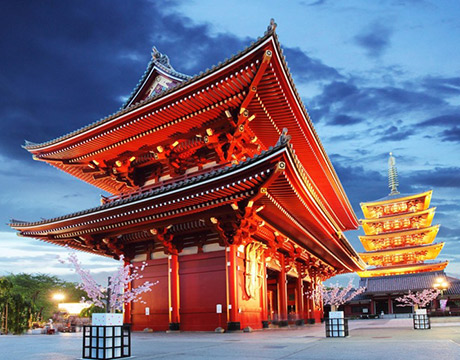
Tokyo
Japan
Bangkok
Thailand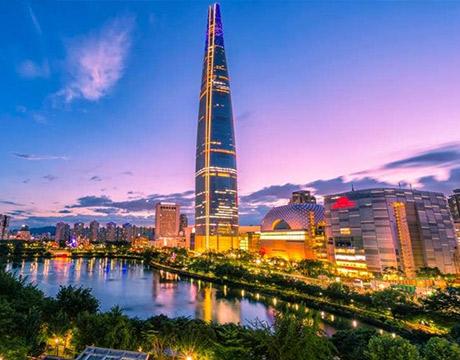
Seoul
South Korea
Vientiane
Laos
Yangon
Myanmar
Washington DC
USA
Los Angeles
USA
Ottawa
Canada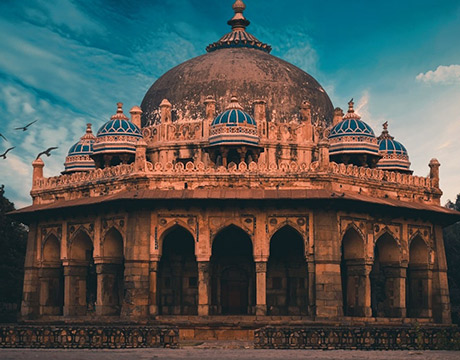
New Delhi
India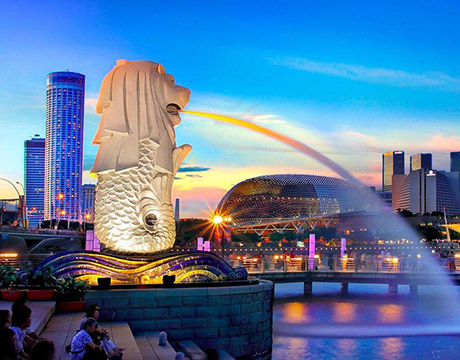
Singapore
Singapore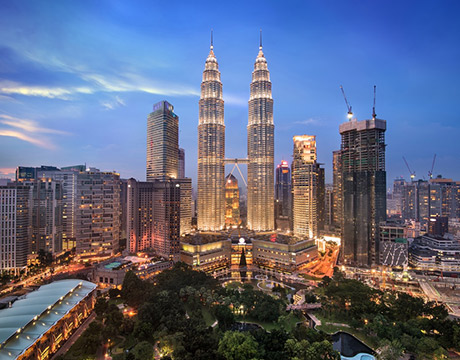
Kuala Lumpur
Malaysia
 English
English French
French Khmer
Khmer Thai
Thai Vietnamese
Vietnamese Chinese
Chinese Korean
Korean German
German Japanese
Japanese Italian
Italian Russian
Russian Spanish
Spanish Dutch
Dutch Indonesian
Indonesian Malay
Malay

